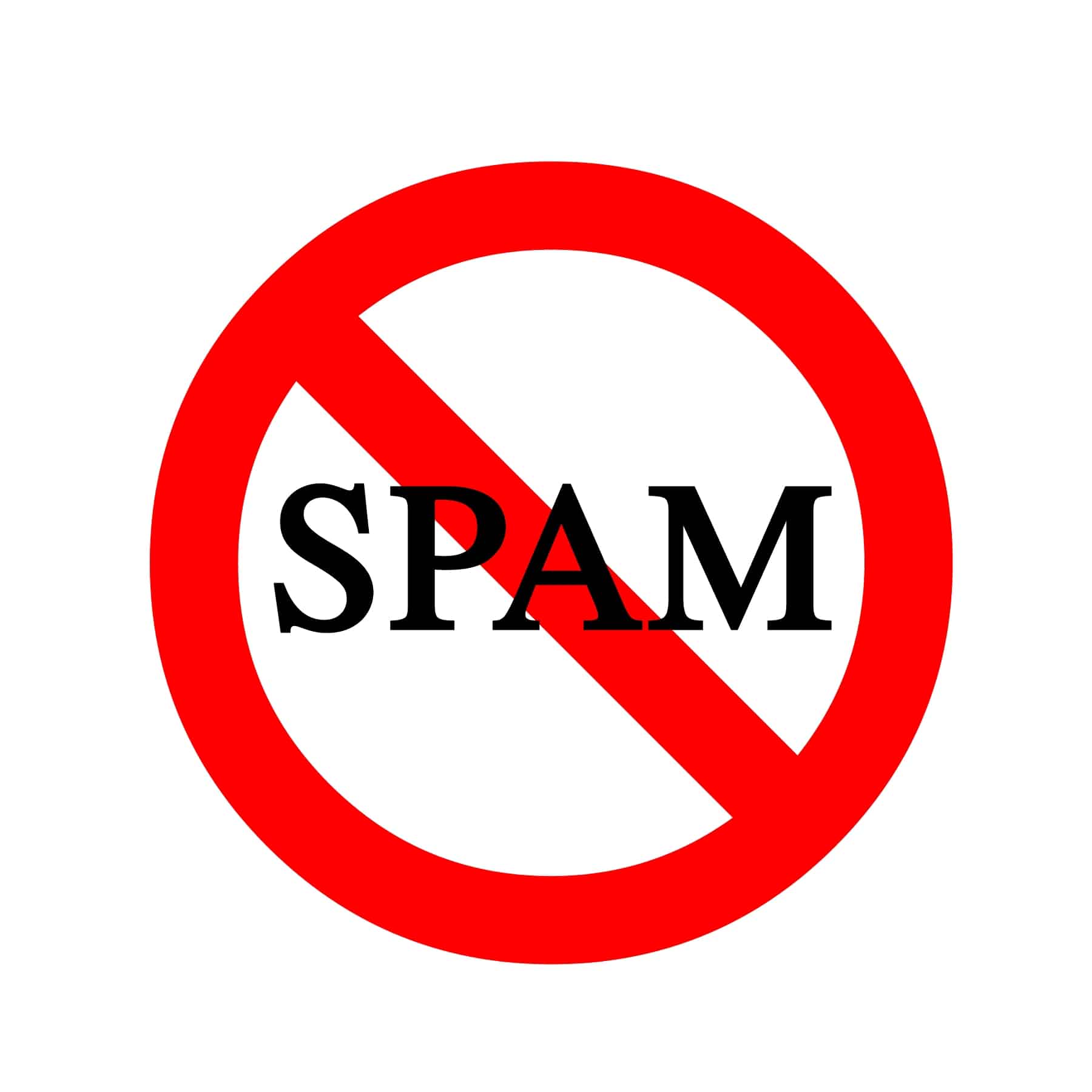
How to Make Sure Your Emailed Press Release Isn’t Filtered As Spam
When you write a press release there are a variety of options to put your content in front of the right people. You’ll want to distribute your release using a press release distribution service. This ensures that it reaches all of the major outlets and newswires. You’ll also probably want to make sure it’s on your website and your social media profiles and pages.
Another step many businesses take is to email the press release to select journalists and media representatives, and to also send the release to their email list. When emailing your press release it’s important to take a few extra steps to make sure your content isn’t filtered as SPAM. This can impact the credibility of future emails and your website. SPAM filtering also can prevent your press releases from getting into the right hands.
#1 No Mass Emails to the Media
Journalists and media representatives are busy and their time is precious. Respect that time and do not mass email them every single time you have a press release. You can hand pick a few chosen individuals from relevant publications to send a personal message and press release too. However, rest assured that if you broadcast every release to every journalist on your media list, you’ll be blackballed and your email address will be added to their SPAM lists.
#2 No Hype
Your press release is going to need a subject line. And that subject line needs to be something that is close to your press release headline. It needs to motivate the person to open the email. If it includes hype, jargon, or sales words then you can be sure it’s going to be deleted or worse, sent to the junk mail box and marked as SPAM. That also means no exclamation marks, and avoid the word “Free” at all costs. Avoid attachments as most journalists will not open an attachment from someone they don’t know.
#3 Don’t CC Your List
There’s nothing quite so annoying as opening up an email and seeing your email address along with 30 or more other email address cc’d in the list. It violates your privacy and it certainly does nothing to make you feel special or singled out for the information. If you’re going to email your press release to journalists, make it part of a managed autoresponder list or send the press release personally to the journalist you’re targeting.
Emailing your press release to your audience is a good idea. However, it’s also important to take specific steps to ensure your message doesn’t end up in their junk email or SPAM box.










